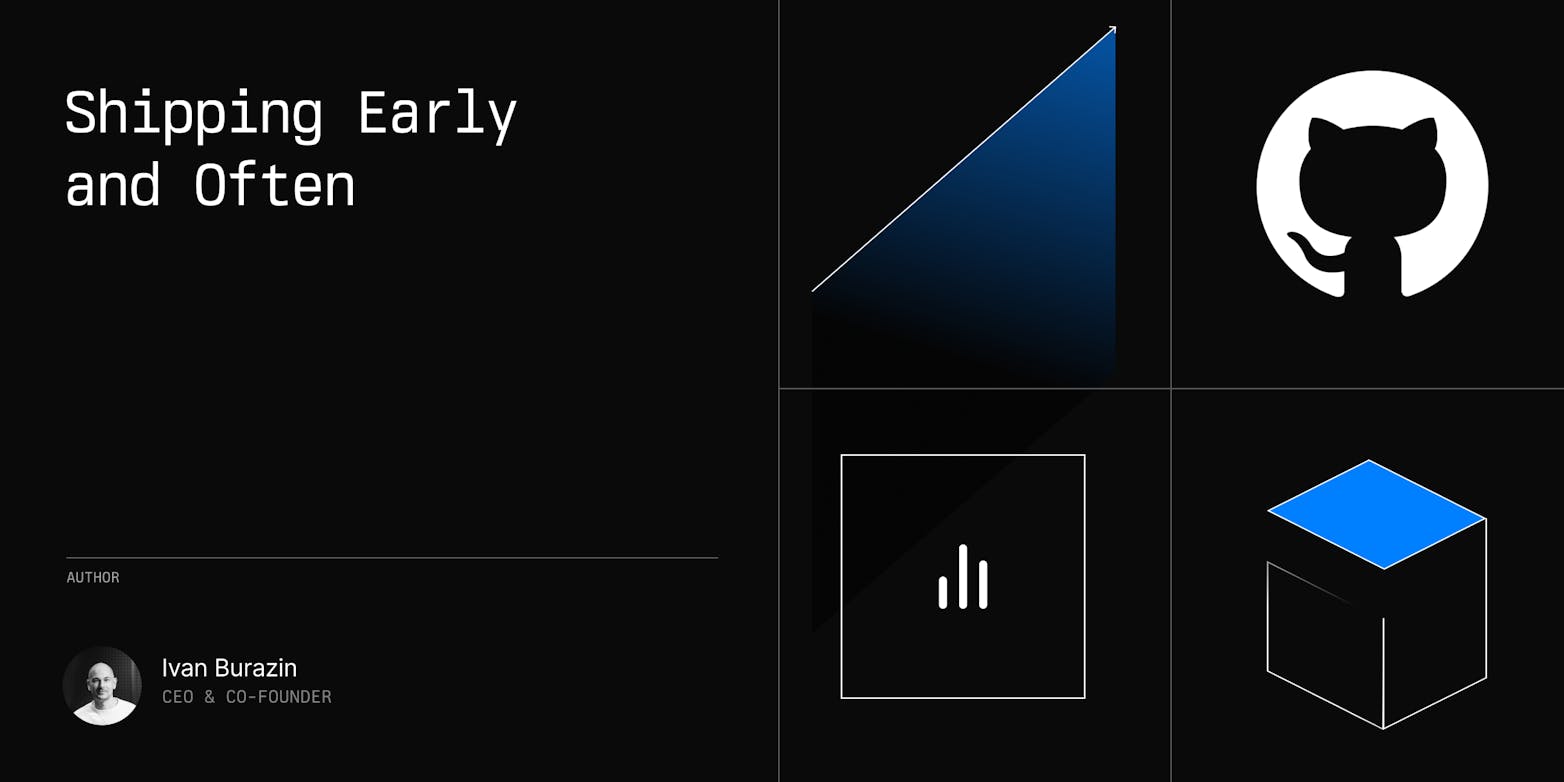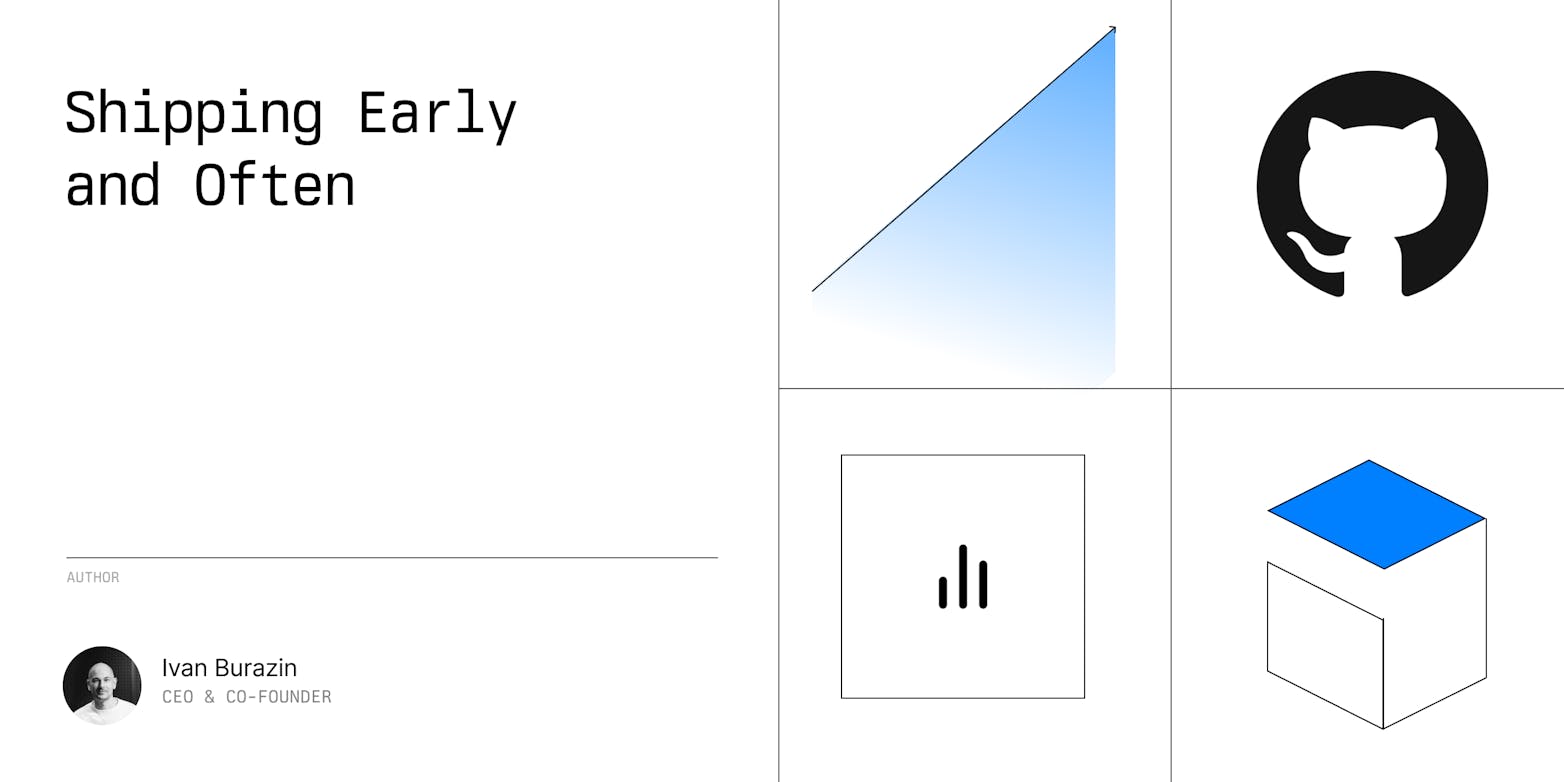You did it. Your startup just closed a massive funding round that will fuel hypergrowth for the next 18-24 months. The champagne is flowing, the press release is out, and your team is buzzing with excitement.
We at Daytona find ourselves in a similar position, having recently secured our seed round. It's an exhilarating moment, but it comes with its own set of challenges.
There's just one tiny problem - you need to grow your headcount in the next six months to hit those ambitious targets you promised investors. And in today's ultra-competitive tech hiring market, that's about as easy as teaching a goldfish to code in Rust.
Welcome to the developer scaling dilemma, where your newfound riches crash headfirst into the harsh realities of talent acquisition. It's a problem that keeps founders and engineering leaders up at night, wondering if they've written checks their hiring pipeline can't cash.
And it's not just developers feeling the strain. This rapid scaling impacts every facet of your organization - from technical writers scrambling to keep documentation up-to-date, to designers and founders iterating on website changes, to marketing teams collaborating with devs on new features, to quality assurance teams trying to keep pace with accelerated development cycles.
The Talent Crunch is Real
Let's be clear - there's a severe shortage of experienced software developers, especially in hot areas like AI and cloud infrastructure. The tech giants are sucking up talent like a vacuum, leaving startups to fight over the scraps.
According to a recent Stack Overflow survey, 65% of developers are open to new job opportunities. Sounds promising, right? Not so fast. Of those, only 16% are actively looking. The rest are passive candidates who need to be wooed away from their cushy FAANG jobs.
Quantity vs. Quality: Pick One (Maybe)
When you're under the gun to scale quickly, it's tempting to lower the bar and hire anyone with a pulse who can cobble together a "Hello World" program. But seasoned engineering leaders know that's a recipe for disaster.
Bad hires don't just fail to contribute - they actively damage your codebase, team morale, and productivity. As the old adage goes, "A players hire A players, B players hire C players." Let too many B and C players slip through, and you'll find yourself in a death spiral of mediocrity.
On the flip side, maintaining ultra-high hiring standards means you might fall short of your growth targets. There's no easy answer, but most successful companies err on the side of quality over quantity.
The Onboarding Bottleneck
Let's say you do manage to hire a bunch of rockstar developers. Congrats! Now you just need to get them up to speed on your codebase, architecture, tools, and processes. Should be easy, right?
Wrong. Onboarding engineers is a time-intensive process that pulls your most experienced developers away from critical projects. The more you hire, the worse this bottleneck becomes. It's like trying to fill a leaky bucket - for every two newbies you onboard, you lose the productivity of one senior dev.
Smart companies invest heavily in documentation, training programs, and mentorship structures. But there's no magic bullet - getting new hires fully ramped up takes months, not weeks.
Culture Shock
Rapidly expanding your engineering team doesn't just strain your technical systems - it puts enormous pressure on your company culture. Those quirky traditions and inside jokes that made your startup feel special? They don't scale.
As you grow, you'll need to formalize processes, establish clear hierarchies, and say goodbye to the "everyone does everything" mentality. This transition is painful and often leads to culture clash between the old guard and the newcomers.
The most successful hypergrowth companies manage to codify their cultural values and bake them into every aspect of the employee experience - from hiring to onboarding to performance reviews. It's not easy, but it's essential for maintaining your "secret sauce" as you scale.
So... We're Doomed?
Not necessarily. While the challenges of rapidly scaling development teams are daunting, they're not insurmountable. Here are a few strategies that can help:
Leverage your network: Employee referrals are still the best source of quality candidates. Incentivize your team to tap their connections. That's how we just recently caught Luka.
Look beyond traditional talent pools: Consider remote workers, bootcamp grads, and career changers. Diversity in backgrounds can be a strength.
Invest in junior developers: With proper mentorship, motivated juniors can become force multipliers. But you need the right structures in place.
Build a strong employer brand: In a competitive market, your reputation matters. Invest in thought leadership, open source, and community engagement.
Streamline your hiring process: Move fast on strong candidates. A drawn-out interview process will lose you talent.
Consider acqui-hires: Sometimes buying a small team that's already working well together can jumpstart your scaling efforts.
Explore outsourcing: With a standardized development environment, outsourcing can be effectively guardrailed and accelerated, expanding your talent pool globally.
Standardize Your Development Environment
One often overlooked strategy for scaling quickly is standardizing your development environment. This approach can dramatically speed up onboarding, reduce errors, and improve collaboration across teams.
Tools like Daytona offer a solution to this challenge. By providing a consistent, reproducible development environment, you can empower junior developers to contribute quickly and with confidence. This not only accelerates your scaling efforts but also reduces the strain on your senior developers who would otherwise spend countless hours helping new hires set up their environments.
A standardized environment also benefits your non-developer teams. Technical writers can easily spin up instances to verify documentation, designers and marketers can preview and test new features in a production-like environment, and QA teams can reproduce and fix bugs more efficiently.
Moreover, with a tool like Daytona, you can extend these benefits to outsourced or remote teams, ensuring everyone is working in the same environment regardless of their physical location. This can be a game-changer when you're trying to scale rapidly and need to tap into global talent pools.
The road ahead won't be easy. You'll make mistakes, hire some duds, and have moments of doubt. But with persistence, creativity, and a commitment to your values - along with the right tools and processes - you can build the team you need to turn that investor money into real-world impact.









